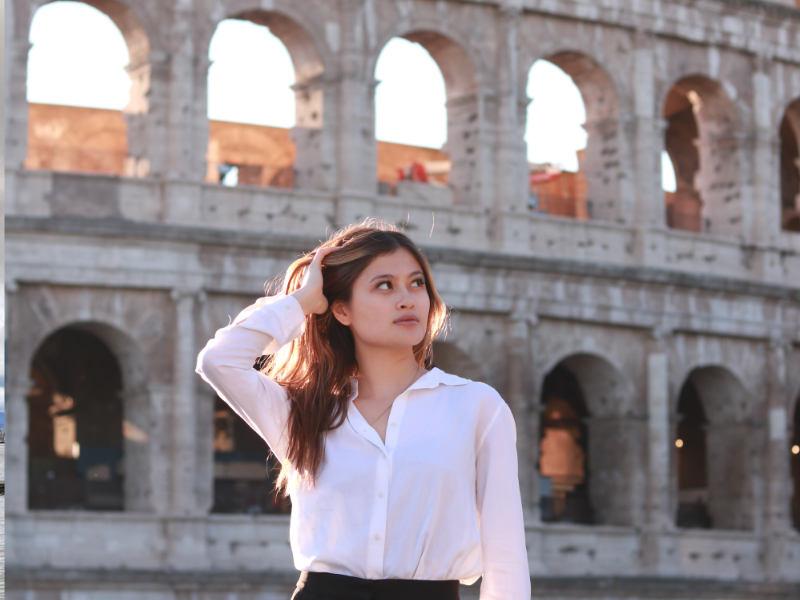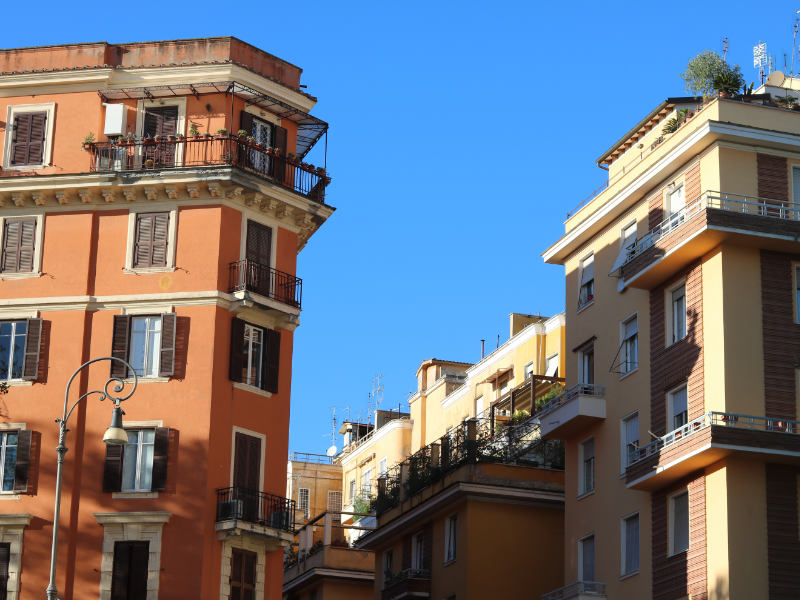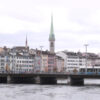Italy
WELCOME TO THE ITALY TRAVEL GUIDE
Italy is a destination that feels like a living, breathing museum—one where every corner tells a story and every meal is a celebration. From the ancient ruins of Rome to the rolling vineyards of Tuscany, the canals of Venice to the cliffside villages of the Amalfi Coast, Italy blends history, culture, and natural beauty in a way that few places on Earth can match. Whether you’re visiting for the art, the architecture, the food, or the dolce vita lifestyle, Italy is sure to steal your heart.
What makes Italy unforgettable is how effortlessly it blends the old with the new. You can explore a centuries-old basilica in the morning, sip aperitivo in a bustling piazza by afternoon, and dine on handmade pasta in a cozy trattoria by night. Each region feels like its own small country, rich with unique traditions, flavors, and dialects—there’s always something new to discover.
THINGS TO SEE AND DO IN THE PHILIPPINES
-
Tour the Colosseum and Roman Forum in Rome to step into ancient history.
-
See Michelangelo’s David and the Uffizi Gallery in Florence for world-class Renaissance art.
-
Take a gondola ride through the canals of Venice and get lost in its romantic maze of streets.
-
Hike the colorful cliffside trails of Cinque Terre along the Ligurian Sea.
-
Visit the Vatican City to see St. Peter’s Basilica and the Sistine Chapel.
-
Drive (or ride) through the rolling hills of Tuscany, stopping for wine tastings and olive oil samplings.
-
Explore the ruins of Pompeii, frozen in time by Mount Vesuvius.
-
Enjoy the beach life and lemon groves of the Amalfi Coast, especially in Positano or Ravello.
TYPICAL COSTS WHEN TRAVELING
Accommodation – Italy offers accommodations for every type of traveler. Hostels and budget guesthouses in major cities start at around €25–€50 per night, while mid-range hotels and charming B&Bs typically cost between €80–€150. In smaller towns or rural areas, you can often find good deals, especially during the shoulder seasons. Luxury hotels and resorts, especially in places like Venice, the Amalfi Coast, and Lake Como, range from €200–€600+ per night.
Food – Eating well in Italy doesn’t have to be expensive—some of the best meals we had came from casual trattorias and family-run pizzerias. A slice of pizza or a panino costs €3–€6, while a sit-down pasta dish at a casual restaurant ranges from €10–€15. A full meal with wine at a mid-range restaurant will cost around €25–€40 per person. Don’t skip the gelato—it’s usually €2–€3 and worth every bite.
Transportation – Italy’s train system is efficient and well-connected. High-speed trains (Frecciarossa or Italo) between major cities cost €20–€70, depending on how early you book. Regional trains are slower but much cheaper, perfect for short-distance travel. In cities, public transport (metro, bus, tram) costs about €1.50–€2 per ride. Renting a car is ideal for exploring the countryside but less practical in cities due to traffic and parking.
Suggested daily budget –
- Budget traveler: €60–€90 (hostel, street food, public transportation)
- Mid-range traveler: €120–€200 (hotel or Airbnb, local dining, train travel)
- Luxury traveler: €300+ (boutique hotel, fine dining, guided tours or private drivers)
MONEY SAVING TIPS
Travel by Regional Train – They’re slower than high-speed trains but much cheaper, especially for short distances.
Eat Where the Locals Eat – Step a few blocks away from major tourist sites and you’ll find more authentic and affordable options.
Visit Churches and Public Art – Italy is filled with free (or donation-based) art, architecture, and religious landmarks that are breathtaking.
Travel in Shoulder Season – April–May and September–October offer lower prices, fewer crowds, and beautiful weather.
WHAT CAN I EXPECT FROM ITALY?
Expect to fall in love with the little things—morning cappuccinos at the bar, cobblestone alleys with hidden trattorias, and spontaneous conversations with friendly locals. Italians take great pride in their culture, food, and family traditions, so slow down, savor the experience, and try to embrace the rhythm of local life.
Each region has its own distinct personality: the north feels more Alpine and refined, while the south is passionate, rustic, and full of soul. You’ll find regional dialects, unique cuisine, and different customs from place to place. English is commonly spoken in tourist areas, but learning a few Italian phrases is always appreciated.
Italy is a country where every moment feels like a scene from a film—and the memories you make here will linger like the taste of a perfectly made tiramisu.
“In Italy, every street feels like a painting and every meal like a celebration.”
April 17, 2025







